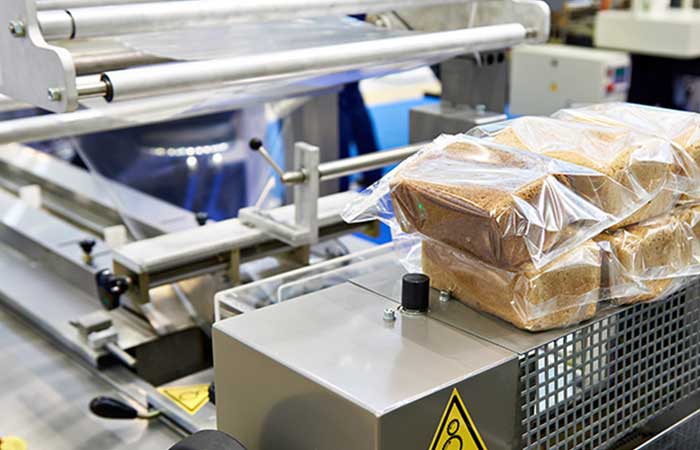Optimizing Valve Packing Systems for Efficiency and Performance
The Importance of Valve Packing Systems in Industrial Settings
In the realm of industrial machinery, the vital role of valve packing systems often goes unnoticed. These systems act as crucial components in maintaining the integrity of pipelines and ensuring the efficient operation of valves. By optimizing valve packing systems, industries can enhance efficiency, reduce downtime, and minimize the risk of leaks or equipment failure.
Understanding Valve Packing Systems
Valve packing, also known as gland packing, is a sealing method used to prevent leakage along valve stems in high-pressure applications. It consists of compressible material, such as braided fibers or synthetic materials, which are packed around the valve stem within a packing gland. This packing creates a seal that prevents fluid from escaping while allowing the stem to move freely.
Factors Affecting Valve Packing Performance
Several factors can influence the performance of valve packing systems:
- Material Selection: Choosing the right packing material is crucial. Factors such as temperature, pressure, and the type of fluid being handled impact material selection.
- Compression: Proper compression of the packing material is essential to ensure an effective seal without causing excess friction on the valve stem.
- Lubrication: Lubricating the packing material can reduce friction, extend the lifespan of the packing, and improve performance.
Benefits of Optimized Valve Packing Systems
When valve packing systems are optimized, industries can experience several benefits:
- Reduced Leakage: Properly sealed valves result in reduced leakage, minimizing environmental impact and ensuring safety.
- Enhanced Efficiency: Optimal packing systems improve valve operation, reducing energy consumption and increasing operational efficiency.
- Extended Equipment Lifespan: By minimizing wear and tear on valves, optimized packing systems help extend the lifespan of equipment.
Best Practices for Maintaining Valve Packing Systems
Regular maintenance is key to ensuring the longevity and performance of valve packing systems. Some best practices include:
- Inspection: Regularly inspecting valve packing for wear, leaks, or damage.
- Adjustment: Adjusting packing compression as needed to maintain an effective seal.
- Replacement: Timely replacement of packing material to prevent leaks and maintain optimal performance.
Conclusion
Valve packing systems play a critical role in industrial operations, and their proper maintenance and optimization are essential for efficiency and performance. By understanding the importance of valve packing systems and implementing best practices for their maintenance, industries can ensure smooth operations and minimize costly downtime due to equipment failure.
-
01
Automatic Tray Loading and Packaging Equipment: Boost Efficiency to 160 Bags/Minute
21-11-2025 -
02
Automatic Soap Packaging Machine: Boost Productivity with 99% Qualification Rate
21-11-2025 -
03
A Deep Dive into Automatic Toast Processing and Packaging System
18-11-2025 -
04
The Future of Bakery Production: Automated Toast Processing and Packaging System
18-11-2025 -
05
Reliable Food Packaging Solutions with China Bread, Candy, and Biscuit Machines
11-10-2025 -
06
High-Performance Automated Food Packaging Equipment for Modern Production
11-10-2025 -
07
Reliable Pillow Packing Machines for Efficient Packaging Operations
11-10-2025 -
08
Advanced Fully Automatic Packaging Solutions for Efficient Production
11-10-2025 -
09
Efficient Automatic Food Packaging Solutions for Modern Production
11-10-2025 -
10
Advanced Automatic Packaging Equipment for Efficient Production
11-10-2025
















